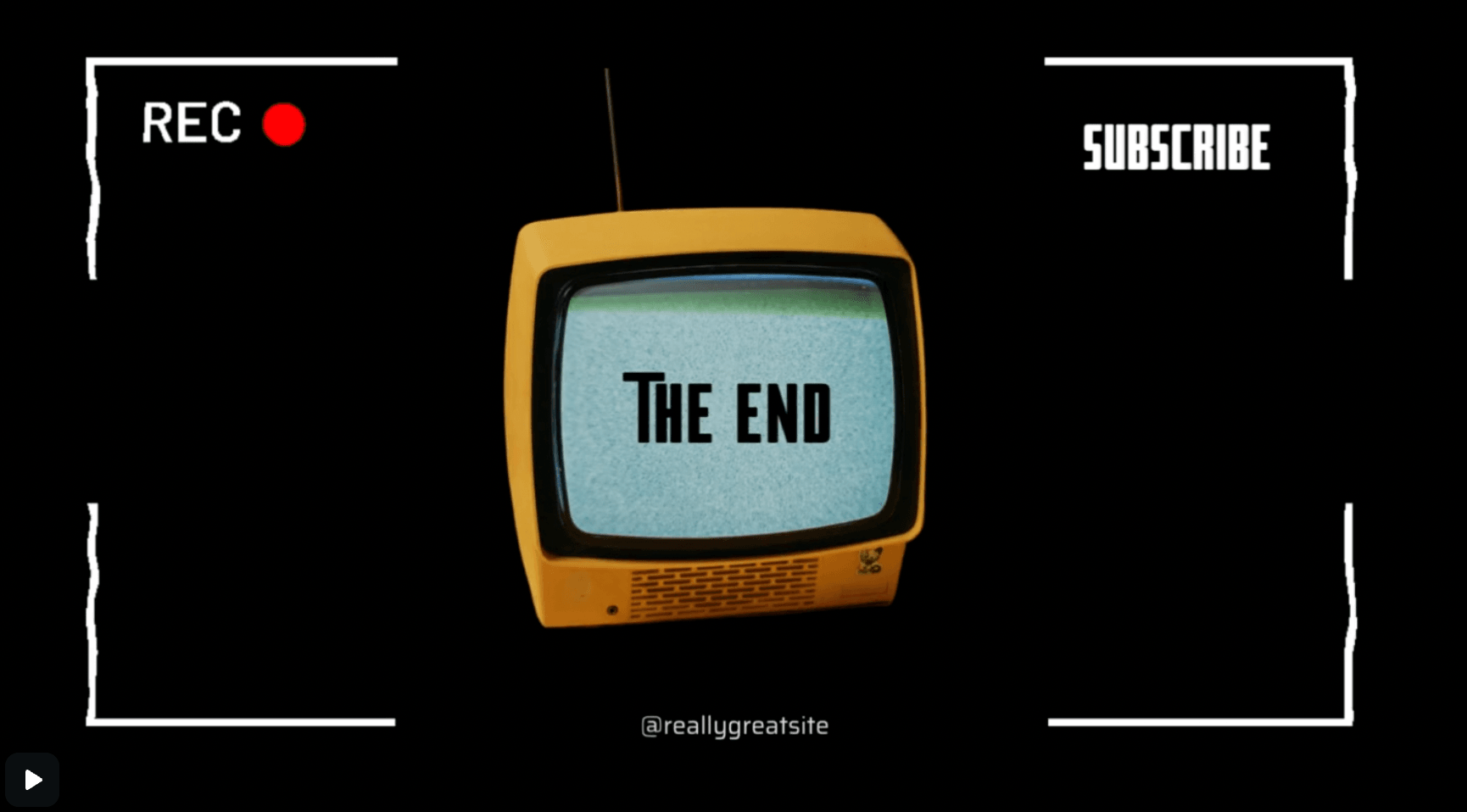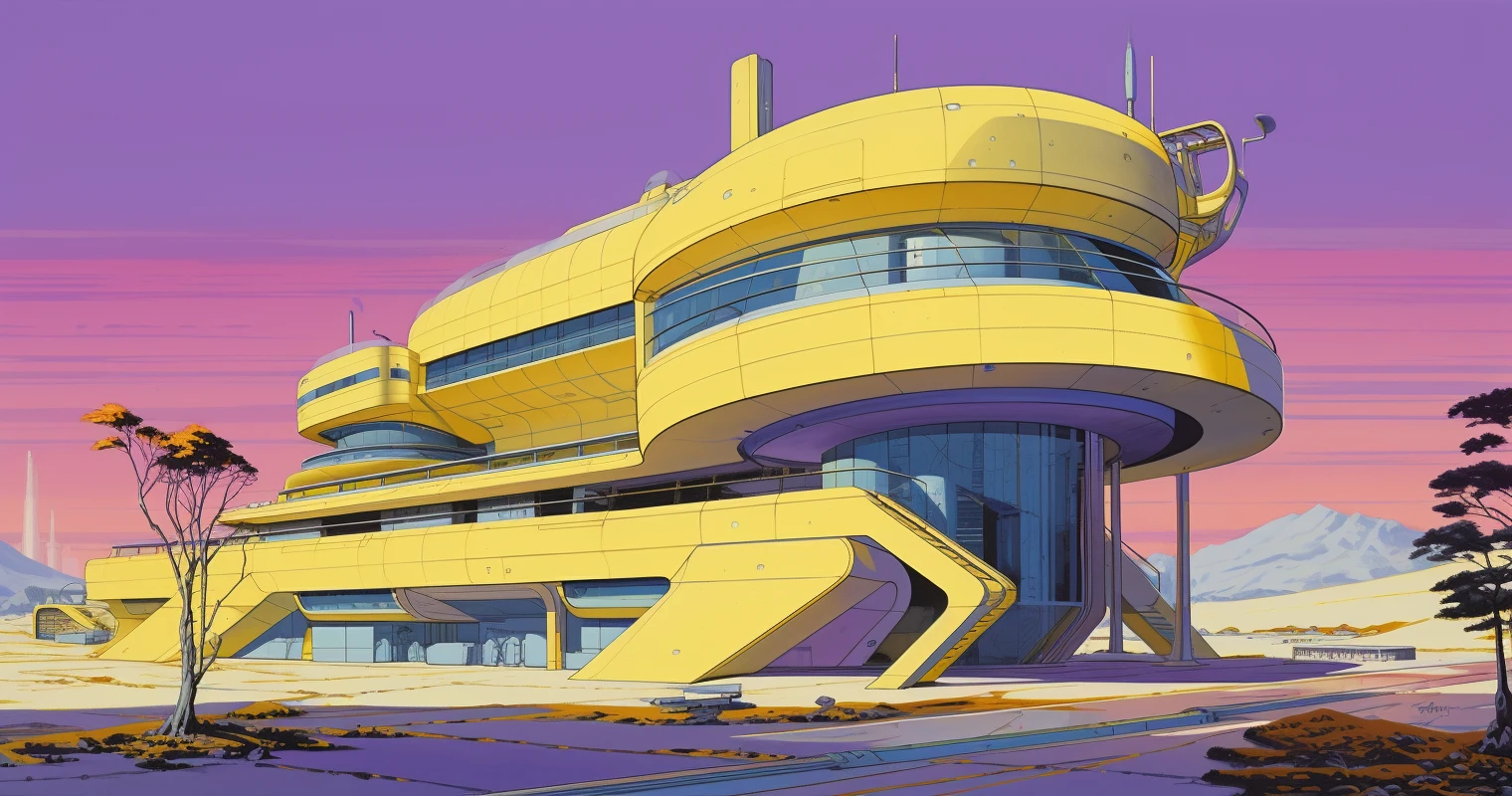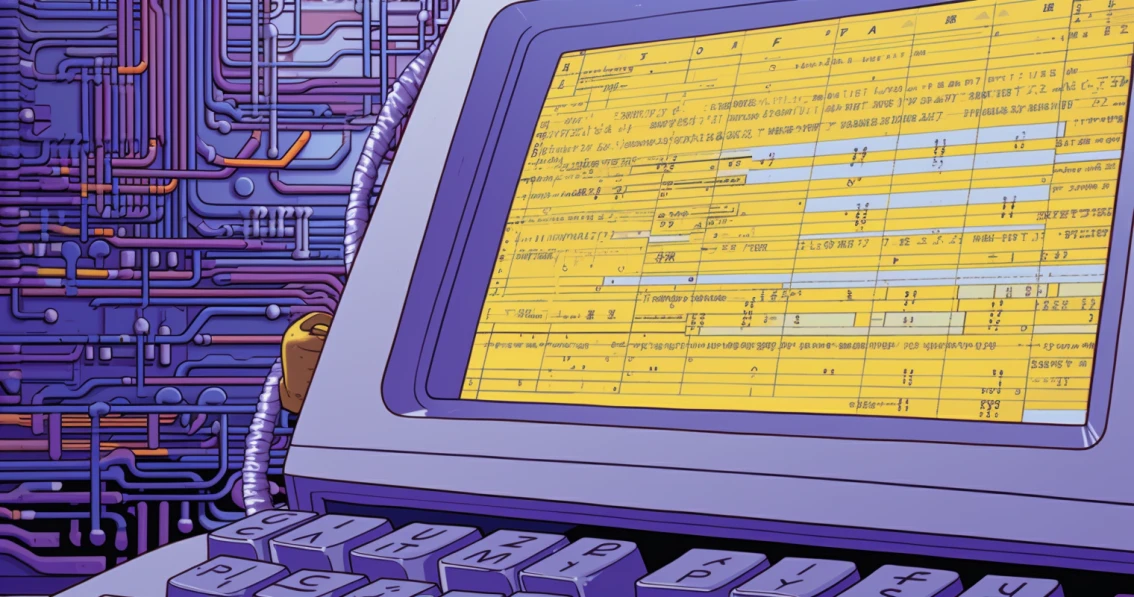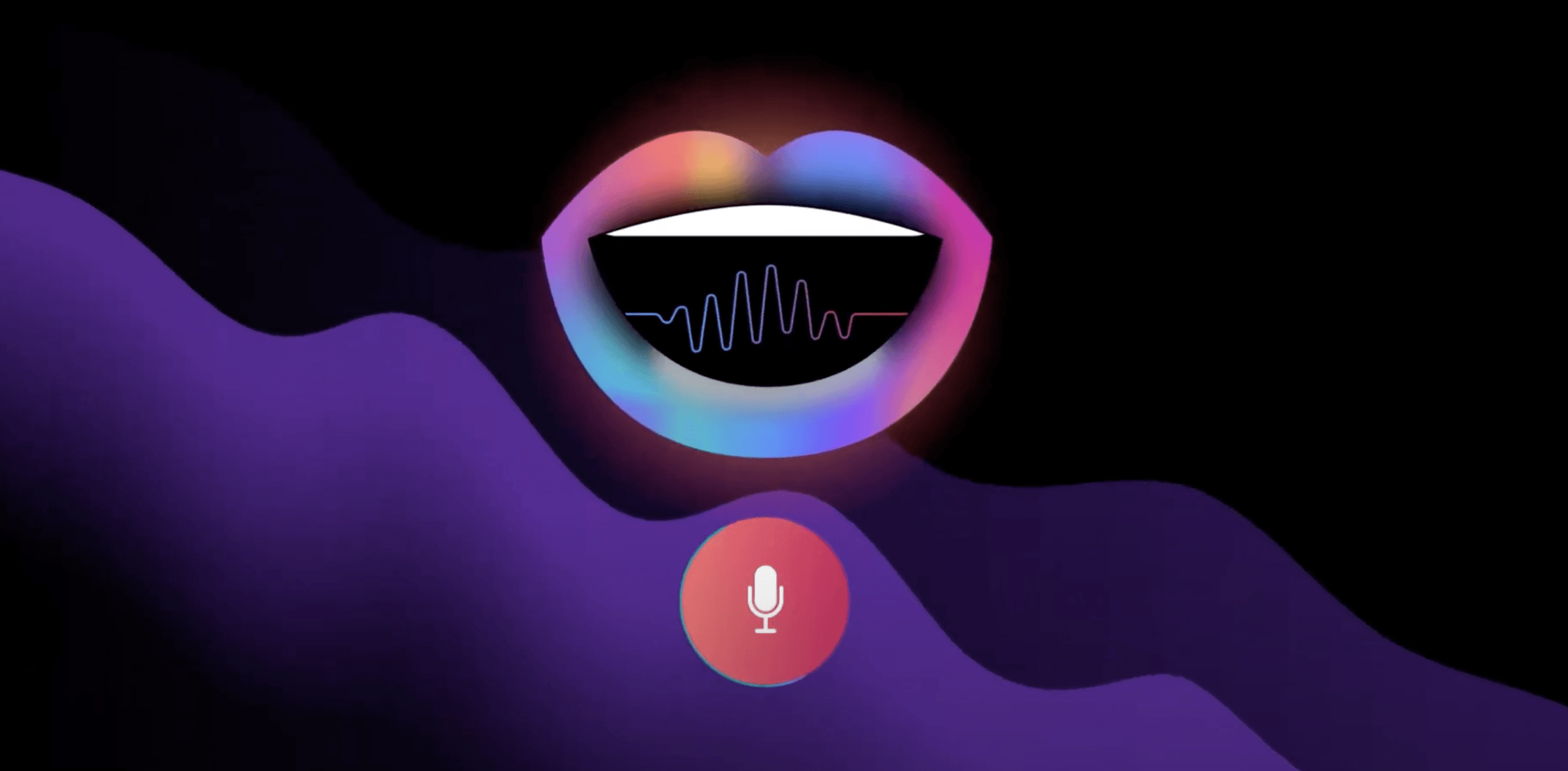If you’ve ever landed on a website and watched a short, animated video that instantly made everything make sense, that’s an explainer video.
And in 2025, businesses depend on them.
Explainer videos are one of the most effective ways to simplify complex products, capture attention fast, and drive more conversions. They help you say a lot in just 60 to 90 seconds – and they’re proven to work.
According to Wyzowl’s 2025 Video Survey, 96% of people say they’ve watched an explainer video to learn more about a product or service, and 88% say that video convinced them to make a purchase.
That’s the power of a great explainer video.
In this guide, we’ll walk you through what explainer videos actually are, why they matter, the different types you can create, and how the production process works.
Let’s break it down.
What Is an Explainer Video?
An explainer video is a short video that explains what your product, service, or idea does, and why it matters.
That’s it. No fluff. Just a clear, focused message that helps your audience understand something quickly.
Most explainer videos follow a simple structure:
- Here’s the problem
- Here’s the solution (your product or service)
- Here’s how it works
- Here’s what to do next (call to action)
They’re usually 60 to 90 seconds long, though some go up to two minutes. And they’re often placed right where people are trying to figure something out – like on a homepage, landing page, or in a sales email.
Explainer videos can be animated, live-action, screen-recorded, or even a mix of all three. The format doesn’t matter as much as the goal: help people “get it” without overwhelming them.
These videos work so well because they answer the most important question your audience has:
“Why should I care?”
And they do it fast, often before the viewer scrolls or clicks away.
What Is Explainer Video Production?
Explainer video production is the full process of creating a video that makes something clear, simple, and easy to understand.
It’s not just about animation or editing. It’s the strategy, scripting, design, and storytelling that go into making a video that actually explains – and converts.
A good production process takes your raw idea and turns it into a polished video ready to use on your site, in ads, or in your sales funnel. That includes:
- Figuring out the goal and who the video is for
- Writing a script that’s short, sharp, and easy to follow
- Deciding on the format – animation, live-action, or a hybrid
- Creating visuals or filming scenes
- Recording voiceover
- Adding sound design, motion graphics, music, and branding
- Final review and delivery in the right formats
Sometimes, companies try to shortcut this by jumping straight into animation or filming without planning. That’s usually when things fall flat – because even the best visuals can’t save a weak message.
Explainer video production isn’t about looking flashy. It’s about making sure someone watches your video and says, “Ohhh – now I get it.”
Up next: we’ll dig into why explainer videos work so well, and what makes them worth the investment.
Why Explainer Videos Work
There’s a reason explainer videos are everywhere – from SaaS homepages to app stores to investor decks.
They work.
They’re short, clear, and designed to get your message across fast. And in a world where people have zero patience for confusion, that’s a huge advantage.
Let’s look at why explainer videos perform so well – and what the data says.
They Boost Understanding
Explainer videos make complex ideas simple. That’s their whole job.
Whether you’re selling a software tool, a new product category, or just trying to get someone to understand what you do, video explains it better than words alone.
94% of marketers say video has helped increase user understanding of their product or service (Wyzowl, 2025). That’s huge – especially for startups or technical products.
They Drive Conversions
It’s not just about clarity – it’s about action.
88% of people say they’ve been convinced to buy a product or service after watching an explainer video (Wyzowl, 2025).
Landing pages with explainer videos can increase conversions by up to 80% (Unbounce, 2024).
When done right, explainer videos act like mini sales reps – giving people the confidence to take the next step.
They Keep People on the Page
The average person spends 88% more time on a website with video (Forrester, 2024). And explainer videos are usually the first thing they’ll click on when trying to figure out what you do.
They reduce bounce rates, increase engagement, and help keep people moving through your funnel – without extra scrolling or reading.
They Work Everywhere
Explainer videos aren’t locked into one use case. You can drop them into:
- Homepages
- Landing pages
- YouTube pre-roll ads
- App store previews
- Sales emails
- Internal training docs
- Social media posts
Once you’ve created a great explainer video, you can use it across dozens of touchpoints. That’s serious ROI.
Different Types of Explainer Videos
Not all explainer videos look or feel the same – and that’s a good thing.
The format you choose depends on what you’re explaining, who you’re talking to, and where the video will be used. A SaaS onboarding video will look very different from a mobile game preview or a healthcare product demo.
Here are the most common types of explainer videos in 2025 – and how to know which one is right for you.
1. Animated Explainer Videos
This is probably the style you picture when you think of explainer videos: clean visuals, motion graphics, and a friendly voiceover walking you through the product or concept.
Animated explainer videos are great for:
- SaaS tools
- Startups
- Financial services
- Educational platforms
- Anything abstract or technical
Why it works: animation helps simplify complex topics and removes real-world distractions. You control every frame and can build visuals from scratch – so you’re not limited by locations, actors, or props.
Common styles include:
- 2D motion graphics
- Whiteboard animation
- Character-based storytelling
- Icon-driven visuals
2. Live-Action Explainer Videos
These feature real people, real settings, and real products. They’re best when trust and relatability matter – like in service industries, founder-led startups, or product-based businesses.
Use this style if:
- You want to showcase a physical product or environment
- You’re selling through human connection (e.g., coaching, wellness, consulting)
- You have a strong brand personality or spokesperson
Live-action can feel more personal, but it also requires more planning – locations, lighting, audio, and post-production all play a bigger role.
3. Mobile App & Mobile Game Explainer Videos
This one deserves its own spotlight.
If you’re promoting an app or game, a traditional explainer won’t cut it. You need a video that shows exactly what the user will experience on their phone.
Mobile app and mobile game explainer videos typically include:
- On-screen walkthroughs (screen recordings or animations of app features)
- Gameplay previews for mobile games
- Highlighting key user actions and reward loops
- Quick tutorials for onboarding
They’re often fast-paced, visually sharp, and designed to run as ads, App Store videos, or in-feed content.
At Udonis, we specialize in these, because the way people learn about apps and games is different. You have seconds to hook someone. A great explainer video for mobile has to be short, visually dynamic, and crystal clear on the “why.”
4. Screencast / Product Demo Explainers
Perfect for SaaS, platforms, or tools where showing the actual interface matters.
These videos often feature a screen recording with narration or a voiceover explaining key actions and benefits. The goal is to show – not just tell – how your product works.
Use this format when:
- Your UI is a selling point
- You’re onboarding new users
- You want to reduce customer support tickets
Even better: combine screencasts with simple motion graphics to keep things engaging.
5. Hybrid Explainers
This style blends live-action, animation, and/or screen recordings into one video. It’s a flexible option if you want to explain something technical, but also include a human face or brand personality.
For example, you might start with a founder on camera, then cut to animated visuals or a product walkthrough.
Hybrid videos work well for:
- B2B companies
- Product launch pages
- Crowdfunding campaigns
- Healthcare, finance, or tech platforms that need clarity and credibility
6. Customer Story Explainers (Mini Case Studies)
These are testimonial-style videos, but with a structure that explains what the product does through the voice of a real customer.
They often include:
- A brief “before” scenario
- The solution (your product or service)
- The “after” results or transformation
It’s less salesy, more human. And people trust real users more than brand promises.
This format is great for social proof, especially in competitive markets.
7. Kinetic Typography or Text-Based Explainers
Don’t have much footage or a budget for full animation? Text-based videos are a smart alternative.
These videos rely on animated text, icons, and background music to deliver the message. They’re clean, fast to produce, and ideal for social media, email marketing, or quick ads.
While simple, they can still pack a punch, especially with bold messaging and strong visual rhythm.
Where to Use Explainer Videos
One of the best things about explainer videos? You don’t just use them once.
A well-produced video can be used across dozens of touchpoints, helping you get more mileage from your investment while keeping your message consistent everywhere it matters.
Here are the most effective places to use your explainer video in 2025:
1. Your Homepage
This is the most common spot – and for good reason.
When someone lands on your website, they usually have one question: “What does this company do, and how can it help me?”
A short, clear explainer video answers that in under 90 seconds – and increases the chances they stick around to explore more.
2. Product or Feature Landing Pages
Explainer videos shine when you’re walking someone through a specific feature, benefit, or use case. They’re especially useful for SaaS tools, mobile apps, and services that require a little explanation before the “aha” moment.
Adding a video here can increase conversions significantly – especially for mobile users who prefer watching over reading.
3. App Stores (Google Play & App Store)
For mobile apps and mobile games, explainer videos can be used as app previews. These are short, platform-optimized clips that show real gameplay or key features in action.
This is often your first impression, so having a high-quality video here can directly impact installs.
4. YouTube and Paid Ads
Whether it’s a skippable pre-roll or a short in-feed video, explainer-style content works incredibly well in paid advertising campaigns, especially when it quickly shows how your product solves a problem.
Cut-down versions (15–30 seconds) also perform well across Meta, TikTok, and LinkedIn.
5. Email Marketing
Adding video to emails can improve open and click-through rates – especially if the thumbnail clearly shows that the content is useful or answers a question.
A simple line like “Watch how it works in under 60 seconds” is often enough to drive clicks.
6. Sales and Investor Presentations
Explainer videos are great tools for your sales team and leadership. They make complex pitches easier to understand – and easier to remember.
If you’re raising funding, launching a new product, or onboarding partners, a strong explainer makes your story much easier to share.
7. Onboarding and Support
Use explainer videos to help new customers get started, reduce support tickets, or train users on new features. These videos can live in help centers, welcome emails, or inside your product itself.
This turns your video into a retention tool, not just a marketing asset.
8. Social Media and Content Marketing
Break your explainer video into shorter clips, behind-the-scenes edits, or quote cards. Post them on LinkedIn, Instagram, or Twitter to give your audience bite-sized content that leads back to the full version.
Explainer Video Production Process
Creating an explainer video isn’t just about visuals – it’s about turning an idea into something that clicks with your audience.
A good process keeps things clear, creative, and on track, so you don’t waste time or end up with a video that looks nice but doesn’t actually explain anything.
Here’s how it all comes together, from the first conversation to the final file.
1. Define Your Goal and Audience
Before anything else, you need to know who the video is for – and what you want them to do after watching.
Are you selling? Onboarding? Educating? Pitching?
This step shapes the tone, visuals, format, and call to action. A video for investors will look very different from one made for new app users or potential customers on YouTube.
Tip: If you can’t describe the goal in one sentence, you’re not ready to write a script yet.
2. Write a Clear, Focused Script
The script is the backbone of your video. If it doesn’t work on paper, it won’t work on screen.
Great explainer video scripts are:
- Short (60–90 seconds is the sweet spot)
- Conversational (not robotic or overly technical)
- Structured (problem → solution → how it works → CTA)
- Audience-aware (meets people where they are, not where you are)
And yes, scripting takes time. But it’s the single most important step.
3. Visual Planning: Storyboard or Style Frames
Once your script is locked, it’s time to map out how it’ll look.
This step might involve:
- A full storyboard (scene-by-scene sketches or frames)
- A visual mood board
- Sample animations or references for style and pacing
It helps everyone get aligned on tone, timing, and design direction – especially if you’re working with a creative team or agency.
No guesswork, no surprises.
4. Record the Voiceover
A professional voiceover brings your script to life. Tone, pacing, and clarity matter because voice sets the rhythm for the entire video.
Choose someone who sounds like your brand. Confident but friendly? Energetic and upbeat? Calm and clear?
If you’re producing in-house, tools like Audacity or Adobe Audition can help you record clean audio. Just don’t record from your laptop mic in a noisy office. Trust us.
5. Produce the Visuals (Animation or Filming)
This is where the visual magic happens.
For animated videos, this means creating motion graphics, illustrations, transitions, and timing everything to the voiceover.
For live-action, it means filming scenes, capturing b-roll, and prepping everything for the edit.
For app or game explainers, it usually involves animated mockups, screen recordings, and motion design to simulate the in-app experience.
This is often the longest part of the process – but when planned well, it runs smoothly.
6. Add Music, Sound Effects, and Branding
Audio isn’t just background noise – it’s half the experience.
Music sets the tone. Sound effects add energy and polish. Your brand colors, fonts, and logo should also be woven in subtly (not splashed all over the first frame).
You want viewers to feel the video, not just watch it.
7. Review, Revise, and Export
Once everything’s stitched together, it’s time to review.
You’ll typically get one or two revision rounds to tweak timing, fix visuals, adjust VO pacing, or update text.
Then the final video is exported in multiple formats – horizontal for websites, vertical for social, compressed versions for mobile, etc.
Now it’s ready to publish, promote, and plug into your marketing funnel.
The whole explainer video production process can take anywhere from 2 to 4 weeks, depending on complexity and revisions. But with a clear plan and the right team, it doesn’t have to be a grind.
How to Write an Explainer Video Script That Works
You can have stunning visuals, perfect pacing, and slick animation – but if the script doesn’t land, the video won’t either.
Your script is the core of your explainer video. It decides whether people stay or skip, understand or tune out, convert or click away.
Here’s how to write one that actually works.
Keep It Short and Focused
Aim for 60–90 seconds, or roughly 150–225 words.
It sounds short, because it is. But that’s the point. Explainer videos aren’t here to tell everything – they’re here to clarify the main thing that moves people to act.
One idea. One goal. That’s it.
Use the Classic Explainer Structure
Most high-converting scripts follow this flow:
1. Hook
Start strong. Ask a question, call out a pain point, or hit on something relatable. The first 5 seconds are everything.
2. Problem
Briefly describe the challenge your audience is facing. Keep it familiar – this is where people go, “Yep, that’s me.”
3. Solution
Introduce your product, service, or idea as the fix. Focus on the benefit, not just the features.
4. How It Works
Give a quick rundown of how it actually helps – just enough to build trust without overwhelming people.
5. Call to Action
Wrap it with a clear next step. Tell them what to do, and why it’s worth doing now.
Talk Like a Human
Avoid buzzwords, over-explaining, or robotic phrasing. You’re not writing a press release – you’re speaking directly to someone.
Use contractions. Keep sentences short. Don’t be afraid of a little personality.
Example:
Instead of:
“XYZ Software is an innovative, AI-powered platform that helps organizations optimize data efficiency.”
Try:
“XYZ helps you turn messy data into smart decisions – in seconds.”
Make Every Line Earn Its Place
Read your script out loud. Anything that sounds clunky, confusing, or dull? Cut it.
Each line should do one of three things:
- Build interest
- Explain clearly
- Move the viewer toward action
If it doesn’t do one of those, it’s filler.
Avoid These Common Mistakes
- Starting with your company name or logo
- Overloading with features instead of outcomes
- Writing for yourself instead of your audience
- Ending without a CTA
- Going past 2 minutes (unless you really need to)
Explainer Video Production Cost: What to Expect
How much does it cost to create an explainer video?
The answer depends on a few key factors, like the video style, length, animation complexity, and who’s producing it. Here’s a breakdown of typical price ranges in 2025, based on the most common production approaches.
DIY or In-House: $0 – $1,500
If you’re producing the video yourself using tools like Canva, Powtoon, or screen recording software, you can often stay within this range.
This includes:
- Subscription fees for software or templates
- Basic editing software
- Microphones or recording equipment if needed
Costs are low, but you’re trading time and creative labor for savings.
Freelancers or Solo Creators: $1,000 – $5,000
Freelancers may offer complete packages that include scriptwriting, voiceover, and animation or editing. The price depends heavily on their skill level, turnaround time, and the video’s style.
Within this range, you can expect:
- Simple 2D animations or whiteboard-style videos
- Basic live-action edits using existing footage
- Light motion graphics or screencast explainers
More detailed animations or custom illustrations usually land on the higher end.
Agencies or Studios: $3,000 – $15,000+
Agency-produced explainer videos typically cover the full production process – from strategy and scripting to custom animation, sound design, and final delivery.
The wide range reflects factors like:
- Length of the video (shorter videos tend to cost less)
- Animation style (whiteboard vs. full-frame character animation vs. 3D)
- Live-action vs. animated production
- Number of revisions included
- Multiple formats or cutdowns for different platforms
At the higher end, this budget could cover campaign-ready videos, multi-language versions, or advanced animation sequences.
What Affects the Price?
Several factors can move the final number up or down:
- Video length
- Level of animation or design customization
- Script complexity
- Voiceover languages and talent
- Speed of delivery
- Number of revisions and feedback rounds
- Usage rights and licensing
Producing Explainer Videos In-House or Hiring an Agency?
Once you’ve decided to create an explainer video, the next big question is how to do it – in house or agency.
Do you build it internally, piece it together with freelancers, or work with a dedicated video production agency?
There’s no one-size-fits-all answer, but here’s how to think about it.
In-House
If you’ve got an internal team with experience in scripting, animation, editing, and voiceover, creating your explainer video in-house can absolutely work – especially if you’re producing content on a regular basis.
But for most businesses, this approach comes with trade-offs.
In-house teams often spend more time figuring out tools, struggling with revisions, or trying to coordinate feedback across departments. And when you add up the hours involved, the “cheaper” option often turns into a bigger time and resource drain than expected.
It can also be tough to match the quality, flow, and polish needed to really make a video stand out, especially if your team isn’t specialized in motion design or storytelling.
Hiring a Video Production Agency
Agencies do this every day. They know what works, what doesn’t, and how to take your message and turn it into something people actually want to watch.
When you work with a good agency, you’re not just getting a video – you’re getting:
- A clear strategy that aligns with your goals
- Professional scripting that explains without overwhelming
- Custom visuals designed to match your brand and engage viewers
- A smooth process that respects your time and deadlines
- A final product that’s ready to perform across platforms
And just as important: you don’t have to manage every moving part yourself.
Instead of spending weeks cobbling together freelancers or trying to learn animation software, you hand off the process to experts – and get back your time, focus, and sanity.
Why Many Companies Choose Agencies
Most businesses – especially SaaS, app developers, and mobile game studios – choose to work with an agency when the video really matters.
Think:
- Launching a product
- Explaining a complex tool
- Creating an ad campaign
- Adding an explainer to a homepage that gets thousands of views
In these moments, quality matters. So does clarity. And a good agency helps you get both.
Final Thoughts on Explainer Video Production
Explainer video production isn’t just about animation or editing – it’s about clarity, storytelling, and giving your audience that “now I get it” moment.
Whether you’re launching a new app, simplifying a complex product, or trying to boost conversions on your landing page, a great explainer video can do the job faster – and better – than any block of text ever could.
And once you’ve made it, you can use that video everywhere: your homepage, app store, ads, emails, onboarding flows, and more.
At Udonis, we specialize in creating high-performing explainer videos for mobile apps and mobile games, designed to capture attention, explain clearly, and drive results.
If you’re ready to turn what you do into something people instantly understand, reach out – we’d love to help.





![Mobile App Market Growth, Size, and Share [2025 Report]](/static/231d355e4558e7604b3988968bd48b56/0ccb9/mobile-app-market.png)

Comments